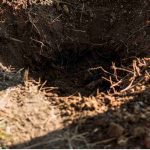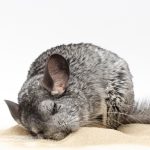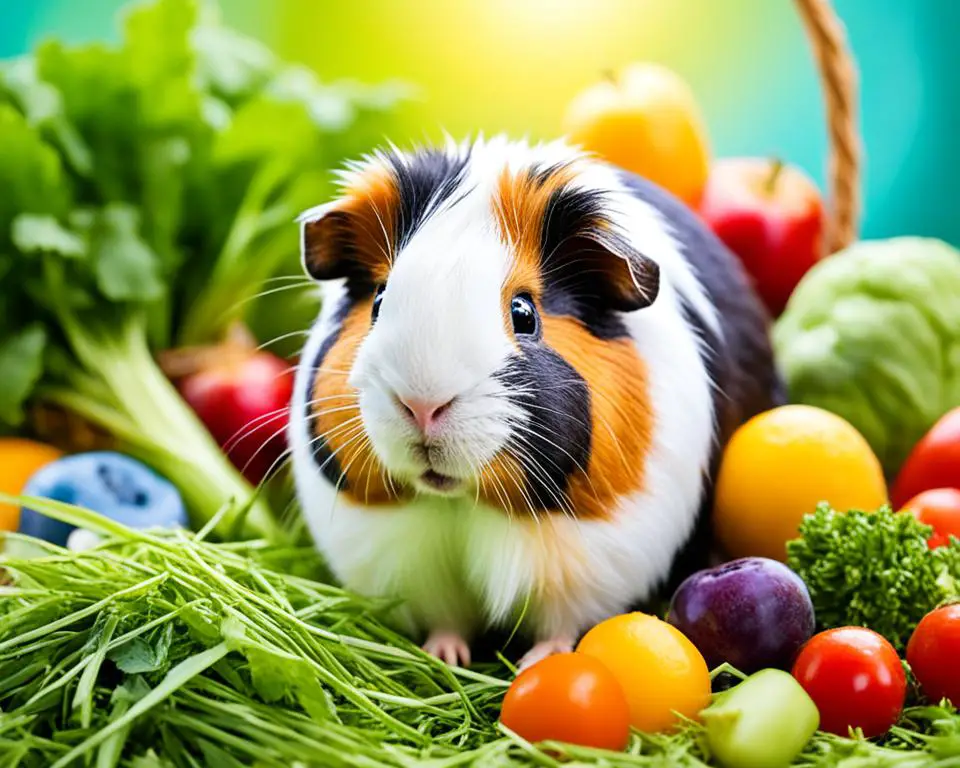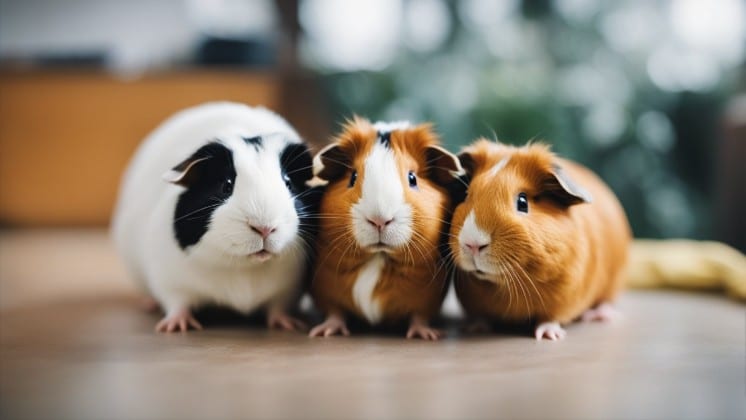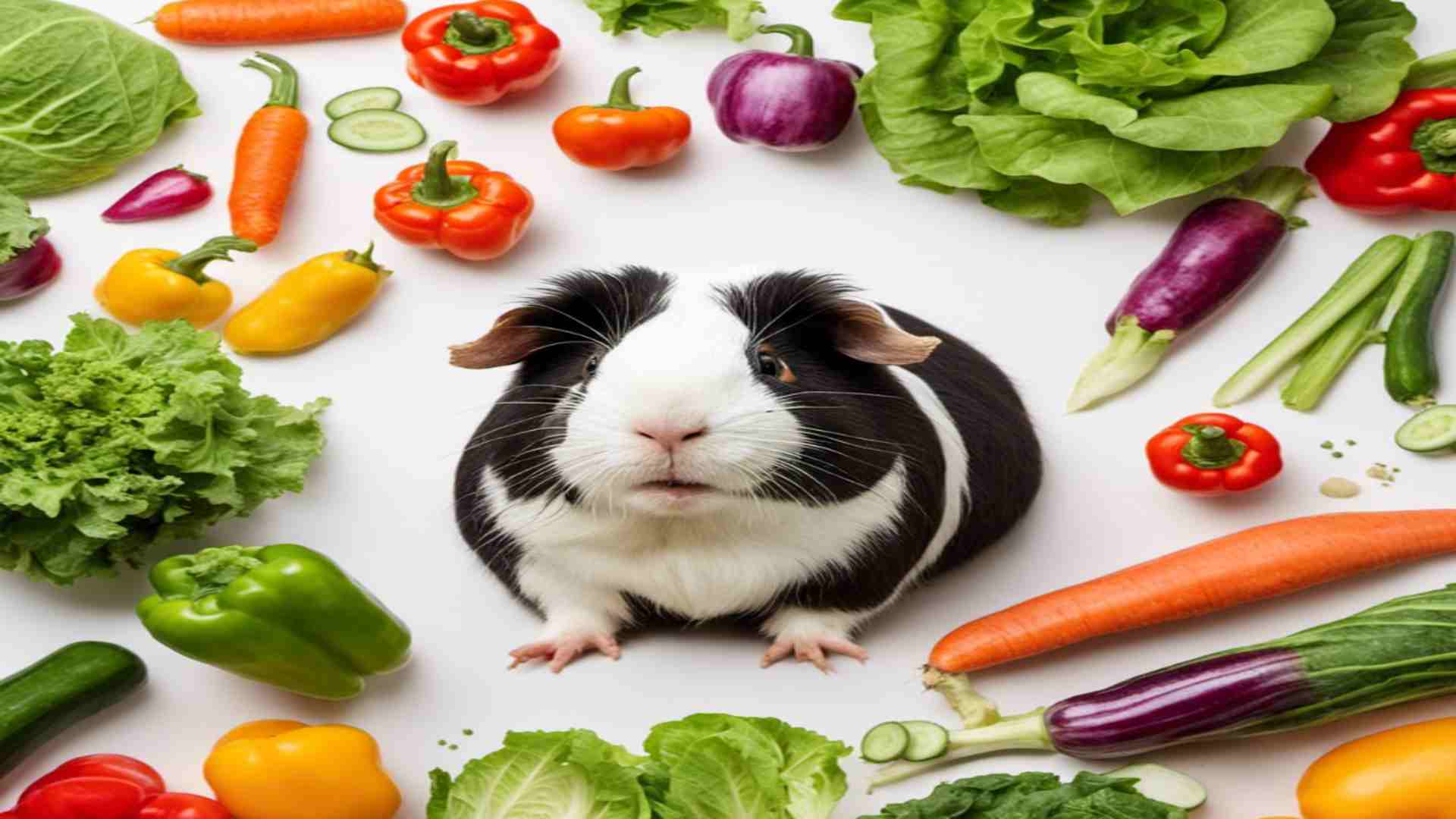If you’re a guinea pig parent, you know that hay is a crucial part of your pig’s diet. But what do you do when you run out of hay? Or when you’re traveling and can’t bring your usual supply? are there any other alternatives to hay?
The better alternative is oat hay or orchard grass which is low in calcium and high in fiber. However, some people use alfalfa hay as a guinea pig alternative to hay, but it is not a long-term solution, because it is high in calcium and can cause health problems if your guinea pig consumes too much.
That is the short answer, generally, there are only two types of hay that can be used as an alternative to your guinea pigs’ diet, and alfalfa hay is only a temporary solution.
If you’re looking for a more sustainable alternative to hay, consider growing your own! Oat and orchard grass seeds are relatively inexpensive, and you can grow a large quantity in a small space.
You’ll always have fresh, nutritious hay for your pigs, and you’ll know exactly what’s in it.
But there’s a lot more to learn, so stick around and I’ll tell you everything you need to know about guinea pig hay alternatives.
Is hay or grass better for guinea pigs?
As any pet owner knows, providing the best possible care for your furry friend is paramount. When it comes to diet, one question that often arises is whether hay or grass is better for guinea pigs.
Here, we’ll take a closer look at both options to help you make the best decision for your little buddy.
Guinea pigs are herbivores, which means they require a diet of plant based food in order to get all the nutrients they need. Hay is an excellent source of fiber and essential nutrients like vitamin A and potassium.
In fact, hay should make up the bulk of a guinea pig’s diet, around 85% according to most experts. Grass, on the other hand, is mostly water and does not provide the same nutritional benefits as hay.
So, if you’re wondering whether hay or grass is better for guinea pigs, the answer is clear, hay is the way to go. But of course, depending on where you live hay might not always be available.
(source)
Can you make your own hay for guinea pigs?
It is possible to make your own hay for guinea pigs, but it is a lot of work.
The process of making hay begins with harvesting the grass. The best time to harvest grass is when it is in the early morning before the dew has dried.
The next step is to dry the grass. This can be done by spreading it out in a thin layer on a dry surface and leaving it in the sun, or by using a food dehydrator.
Once the grass is completely dry, it can be chopped into small pieces using a food processor or blender. Finally, the chopped hay can be stored in an airtight container until ready for use.
That’s why fresh grass is such a good alternative to hay. It’s easily accessible, and you don’t have to go through the tedious process of making it yourself.
Can you feed guinea pigs grass from outside?
You can feed guinea pigs grass from outside. In fact, it’s a good idea to give them access to fresh grass so they can get all the minerals and nutrients they need. Just make sure the grass hasn’t been treated with pesticides or other chemicals.
However, there are a few things you should keep in mind if you’re going to feed your guinea pigs grass from outside.
- First, the grass is mostly water, so it’s not going to provide your pigs with the same nutrition as hay.
- Second, you’ll need to make sure the grass is clean and free of pesticides or other chemicals.
- Finally, you’ll want to introduce the grass slowly, so your pigs don’t get an upset stomach.
In fact, it’s a good idea to start by mixing the grass with hay, and gradually increasing the amount of grass over time.
But you also need to keep in mind that grass should only be temporary so you’ll need to supplement their diet with pellets or other vegetables.
What kind of grass do guinea pigs eat?
Generally, guinea pigs enjoy munching on fresh grasses as a source of enrichment and nutrition.
In fact, even if you don’t have a garden, you can grow grass indoors for your guinea pigs, using a pot or tray filled with cotton wool and grass seeds. That’s the method I used to grow grass in my flat.
Once the grass has grown to a few inches, you can cut it and give it to your pigs. Just make sure you don’t give them too much at once, or they might get an upset stomach.
And of course, if you’re going to feed your guinea pigs grass from outside, make sure it hasn’t been treated with pesticides or other chemicals.
So if you want to learn how to do it yourself, here’s a handy tutorial.
How do you grow grass for guinea pigs?
If you want to grow grass for guinea pigs, you’ll need a pot or tray filled with cotton wool and grass seeds.
With a good amount of sun, it will take around 14 days for the grass to grow. Once it has grown to a few inches, you can cut it and give it to your pigs.
Fresh lawn grass or grass hay: Which one should I give?
While lawn grass may look like a tempting treat for your guinea pig, it is important to remember that lawn grass is not the same as grass hay. Grass hay is a type of forage specifically grown for grazing animals, and it contains a higher percentage of fiber than lawn grass.
This is important because guinea pigs require a diet that is high in fiber in order to maintain their digestive health.
In addition, lawn grass may be treated with pesticides or herbicides that can be harmful to your guinea pig. For these reasons, it is best to stick with grass hay when feeding your guinea pig.
When should I give my guinea pig fresh grass?
Guinea pigs can eat fresh grass at any time. However, it is best to offer it to them in the morning so they can graze throughout the day.
So which one is the best substitute for hay?
Fresh grass is probably the best alternative and convenient source of hay for guinea pigs.
If you have a backyard, you can simply let your guinea pig out to graze on the fresh grass. If you don’t have a backyard, you can grow grass indoors using a pot or tray filled with cotton wool and grass seeds.
That said if you happen to see your guinea pigs with bites, it might be the case that they’re fighting to get their food.
I have written a recent article where I cover this in more detail.
Click the link to learn more about it.
How much fresh grass should I give my guinea pig?
As a general rule, you should offer your guinea pig about ½ to ¾ cup of grass hay per day.
This is in addition to their regular diet of pellets and vegetables. If you are unsure how much hay to give your guinea pig, talk to your veterinarian.
That said, you should always offer some fresh grass to your guinea pig, even if they are not eating it. Guinea pigs typically like to nibble on hay throughout the day, so it is important to make sure they always have access to it.
(source)
What are the best timothy hay alternatives for guinea pigs?
There are a few different hay alternatives that you can give your guinea pig, depending on what they like and what is available in your area.
Some good options include:
Orchard grass
Orchard grass is a type of grass that is very similar to timothy hay. It is a great alternative for guinea pigs because it is very high in fiber and low in calcium. It is also a good source of vitamin A, which is important for guinea pigs.
What about your oldie guinea pig? No problem! this is soft, easily-digestible hay that is high in nutrients. It’s a good choice for young or elderly guinea pigs, as well as those with sensitive stomachs.
Meadow Hay
Meadow hay is a great alternative to Timothy hay for guinea pigs. It is high in fiber and low in sugar, which makes it a good choice for guinea pigs who are prone to obesity or diabetes. Meadow hay is also high in calcium, which is important for bone health.
That said, meadow hay is not as widely available as Timothy hay, so it may be more difficult to find. So if you struggle to find it, don’t worry, I’ll show you other options.
Oat hay
It is more expensive than regular hay, but it is very nutritious due to its high fiber content. Oat hay is also good for guinea pigs who are overweight or have diabetes.
Now, oat hay is not as widely available as Timothy or meadow hay, but you can find it online. (Click to check the current price on Amazon)
Final thoughts
Let’s quickly recap everything we’ve learned about guinea pig hay alternatives.
There are a few different options that you can give your guinea pig, depending on what they like and what is available in your area. Some good options include orchard grass, meadow hay, and oat hay.
When choosing a hay alternative, it is important to remember that grass hay is a type of forage specifically grown for grazing animals. In addition, lawn grass may be treated with pesticides or herbicides that can be harmful to your guinea pig.
But we also explored that fresh grass is probably the best alternative and convenient source of hay for guinea pigs. If you have a backyard, you can simply let your guinea pig out to graze on the fresh grass.

